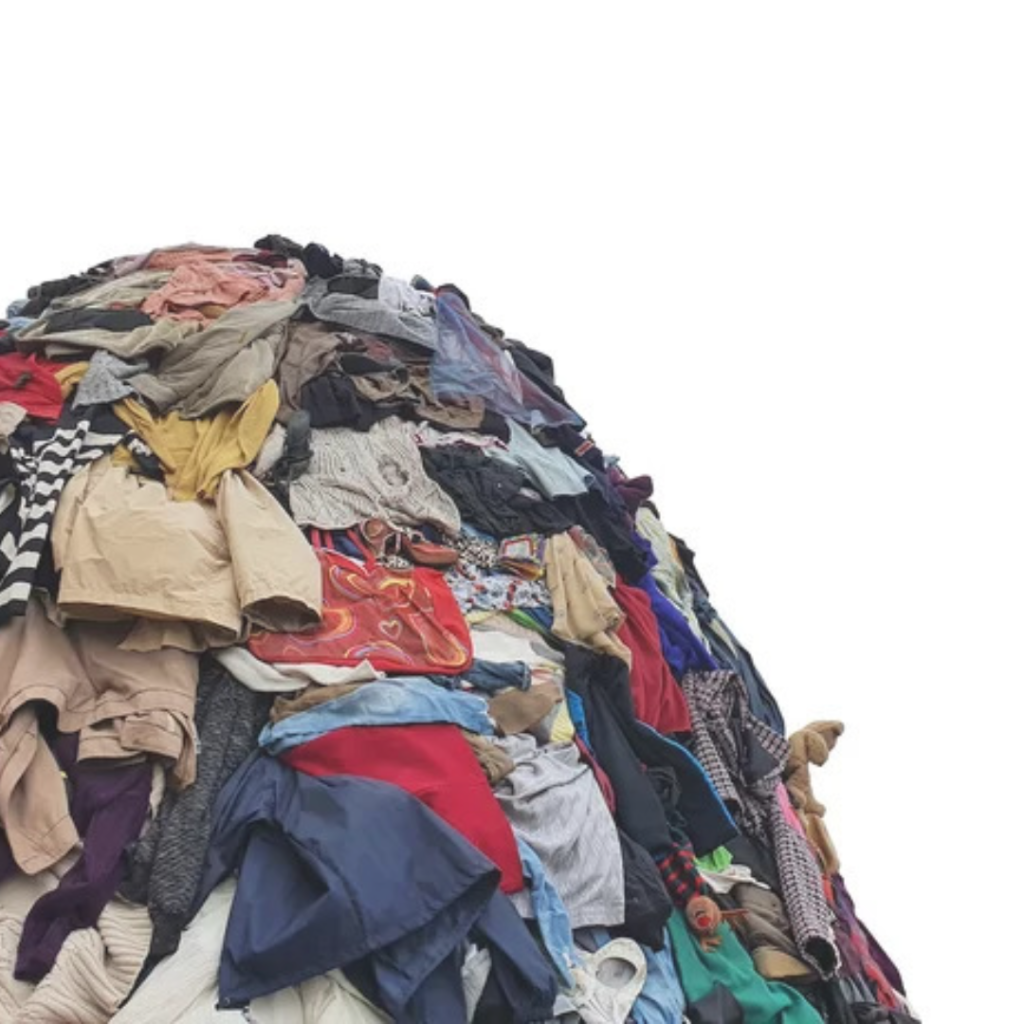
The Environmental Toll of Fast Fashion: Water, Waste, and Greenhouse Gases
Fast fashion has revolutionized the clothing industry, offering trendy and affordable clothing at a rapid pace. However, behind its allure lies a darker truth. This blog post delves into the environmental and social challenges posed by fast fashion and explores sustainable alternatives, with a focus on the role of recycling in shaping fashion’s future.
Section 1: The Dark Side
Fast fashion, driven by globalization and consumer demand, has led to significant environmental and social consequences:
1.1. Waste Generation: The fast fashion industry contributes to a staggering amount of textile waste annually, with only a fraction being recycled.
1.2. Water Consumption: Massive amounts of water are used in the production of fast fashion, impacting both water sources and aquatic life.
1.3. Greenhouse Gas Emissions: The production and distribution processes of fast fashion contribute significantly to global carbon emissions.
1.4. Worker Exploitation: The industry often exploits workers in developing countries, leading to poor working conditions and human rights violations.
1.5. Overconsumption: Fast fashion promotes a culture of disposability, leading to excessive consumption and waste.
Section 2: Sustainable Fashion and Recycling
Sustainable fashion offers an alternative approach to mitigate the negative impacts of fast fashion:
2.1. Sustainable Practices: Organic materials, fair labor practices, and support for local production are key pillars of sustainable fashion.
2.2. Recycling: Recycling used clothing and accessories into new products or materials can significantly reduce waste and pollution.
Section 3: Implementing Recycling in Fashion
Several strategies can promote recycling in the fashion industry:
3.1. Consumer Incentives: Brands can offer incentives such as discounts or rewards for recycling clothes.
3.2. Technological Innovation: Developing innovative recycling technologies can improve the quality and efficiency of textile recycling.
3.3. Circular Design: Designing clothes with recyclability in mind can facilitate the recycling process.
Conclusion:
Fast fashion poses significant environmental and social challenges, but sustainable fashion offers a way forward. Recycling plays a crucial role in making fashion more sustainable, but concerted efforts from various stakeholders are needed to drive meaningful change.
If you enjoyed this article, you may also like: How National Deposit Return Schemes Change Consumer Behaviour

